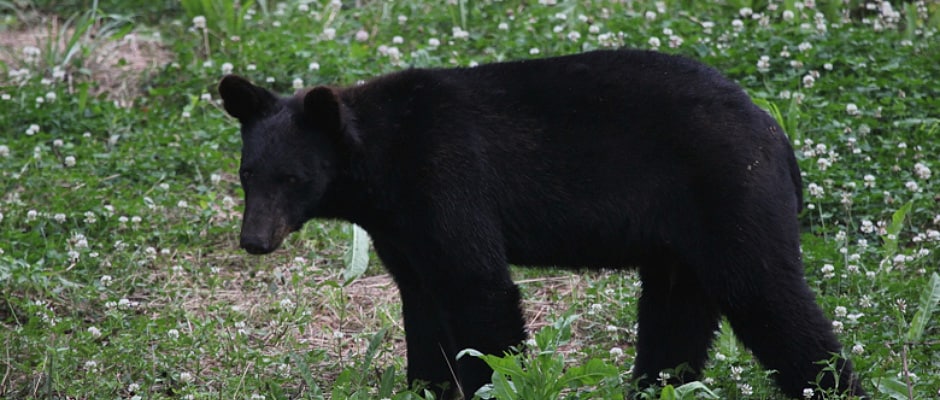Share this article
“Teddy” Bear to be Removed from Endangered List
More than a century ago, President Theodore Roosevelt was on a hunting trip in Mississippi where he refused to shoot a Louisiana black bear that one of the guides and his dogs had tracked down and tied to a tree. He considered the nature of the hunt unsportsmanlike.
When word of the story made headlines across the country, it inspired a Brooklyn candy store owner named Morris Michtom to start making stuffed toy bears. He called them “Teddy’s bears.”
Now, the Louisiana black bear (Ursus americanus luteolus) is making a comeback after a 23-year stint on the U.S. Threatened and Endangered Species List, and although it may be several more years before hunting is reintroduced, President Roosevelt would undoubtedly be proud.
Steve Guertin, deputy director at the U.S. Fish and Wildlife Service, recently announced the proposed removal of the Louisiana black bear from the endangered species list at an event hosted by Governor Bobby Jindal in Baton Rouge.
“I believe that the recovery of the Louisiana black bear is a great conservation story,” said Maria Davidson of the Louisiana Department of Wildlife and Fisheries, “Allowing the species to recover to the point of sustainability is an example of agencies working together for the greater good.”
Thanks to the efforts of the FWS, Louisiana Department of Wildlife and Fisheries, Natural Resources Conservation Service, University of Tennessee and private landowners, the species has been increasing in population and number of breeding subpopulations, which were down to only three when it became protected under the Endangered Species Act (ESA) in 1992. Historically found in Louisiana, western Mississippi, and eastern Texas, habitat loss and human-related mortality decimated the population of these animals throughout much of the 20th century.
Several criteria were met leading up to the proposal to delist the animal. These include at least two viable subpopulations with documented interchange between them, increased and perpetually protected forest habitat, and eliminated or reduced threats to the species.
According to FWS biologist Deborah Fuller, overall protected black bear habitat has increased about 280 percent, with breeding ranges increased to over 400 percent in Louisiana and 500% range wide. Currently, the population of bears distributed throughout the species’ range is estimated to be between 500 and 750 individuals.
There has long been concern about human-bear conflict, especially in the Atchafalaya River basin near the coast. Now, with growing bear populations, government agencies are making sure public safety is their number one priority.
“That’s going to be a never ending battle with any agency that has bears as a responsibility to handle,” Davidson said, “We teach people how to live in proximity with bears.”
Davidson also noted that there are community projects that help fund bear-proof garbage management systems.
Before the Louisiana black bear can be removed from the endangered species list, it must go through a lengthy process. Now that FWS has proposed the rule in the Federal Registrar, there is a 60-day comment period, during which there will be two public hearings. When the comment period closes, all feedback will be reviewed and FWS will decide whether or not to make the delisting final. If the agency deems the rule appropriate, it will be published in the Federal Registrar and removed after 30 days. Until the 30 days are up, the bear is still protected under the ESA.
Hunting is likely to be implemented sometime in the future, though there are no set timeframes or population criteria to meet before this happens.
“Hunting is a well-documented population management tool,” Davidson said, “It is also well known that hunters are the greatest conservationists out there. So allowing your animal to be an asset to hunters in a state that is mostly privately owned, as a whole, benefits the species.”
Header Image:
The U.S. Fish and Wildlife Service recently announced its proposal to remove the Louisiana black bear from the endangered species list as populations appear to have recovered to sustainable levels.
Image Credit: Louisiana Department of Wildlife and Fisheries








